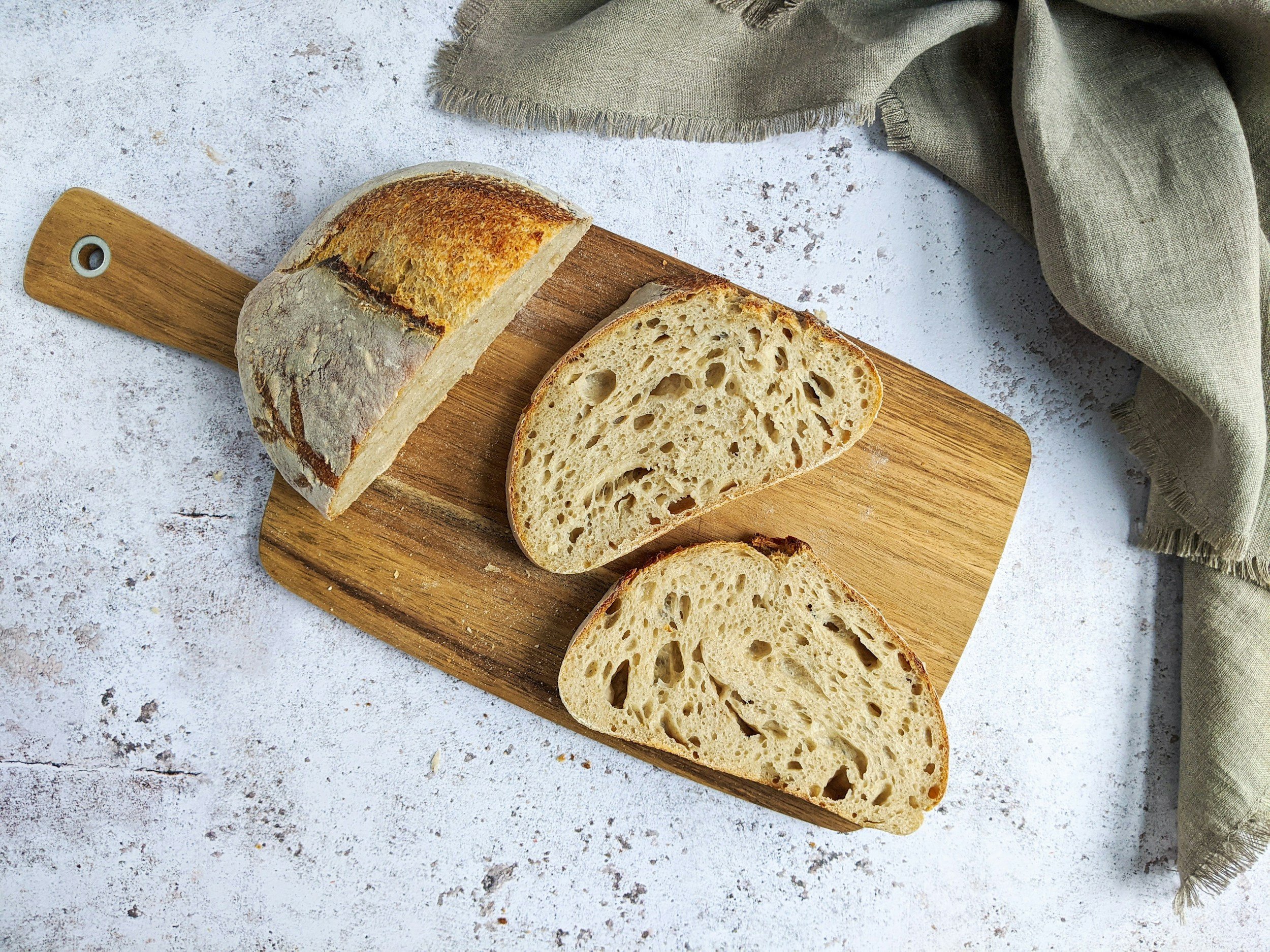The Ultimate Guide to a Nontoxic & More Sustainable Kitchen
Some of the links in this post are affiliate links, meaning that if you click through & make a purchase, I may receive a small commission at no extra cost to you. Thank you for your support!
I am not perfect, but I do try to take steps to keep my family healthy and limit our exposure to toxins and chemicals when possible.
Chemicals that are found in pots and pans and in plastics can have negative effects on our hormones, cause reproductive issues, and even cancer.
Multiple studies and articles are coming out about the alarming rise of cancer rates and how it is affecting people younger than ever before.
Some scientists estimate that the average person eats 5 grams of microplastics per week, which is about the weight of a credit card.
This blog post will help you identify harmful products in your kitchen and give you ideas on how to replace them with safer, nontoxic options. Besides making your kitchen safer for your family, these swaps are more sustainable and better for the environment, because many of them are reusable or biodegradable.
If you’re looking for other safer swaps you can make in your home, check out my blog posts: 16 Amazon Must Haves For Nontoxic Cleaning and My Clean Skincare Routine.
Pots & Pans
Pots and pans that are coated with nonstick chemicals are emitting toxins into our food and the atmosphere. These chemicals are called PFAs, per- and polyfluoroalkyl substances. PFAs are long-lasting chemicals that are now found in the blood of humans and animals. They are also found in our water, air, fish and soil around the globe.
They have been linked to cancer and infertility. There is also something called “Teflon toxicosis” which is estimated to kill hundreds of birds each year. When the fumes that are emitted from synthetic-coated products are released into the air they have a deadly effect on birds, so what are they doing to us?
Stainless steel, cast iron or nontoxic ceramic are the safest options.
Baking Dishes
Just like pots and pans, baking pans and cookie sheets that have a nonstick coating are harmful. Opt for stainless steel, ceramic or glass baking pans and cookie sheets.
Food Storage Containers
Plastic is another problematic material when it comes to food prep, heating and storage. The chemicals that make up plastics leach into our food and break down into microplastics. These microplastics in our food and water end up in our digestive tract, bloodstream and lungs. To help reduce the amount of plastic chemicals and microplastics that will end up in your body, swap out plastic food storage containers for glass, stainless steel or food-grade silicone.
Water Bottles
The same goes for water bottles. Plastic water bottles leach thousands of chemicals into our drinking water. It is better to use a refillable water bottle. I love my Hydroflask because it keeps my water cold and I can refill it all day.
Aluminum Foil
Cooking with aluminum foil can leach aluminum into our food and increase the amount of aluminum in our system. Especially when cooking acidic foods, foods high in salt or foods containing alcohol. Unbleached parchment paper is a safe alternative.
Coffee Makers
The healthiest way to brew your coffee is by using fresh beans or grounds in stainless steel or glass. You can use a glass or stainless steel French press, a glass pour over coffee maker or a stainless steel espresso machine. If you need to use coffee filters, opt for unbleached filters. Avoid single-use plastic coffee pods and coffee makers with plastic water tanks and plastic coffee pots.
Cutting Boards
Using a plastic cutting board is a no-no. As you cut into the plastic, you are creating microplastics that end up in your food. Plastic cutting boards that have cuts and grooves in them are also a breeding ground for bacteria. Glass cutting boards are safe but will dull your knives. The best cutting board is wood.
Plastic Wrap
We know we want to avoid plastics, so what can we use instead of plastic wrap? Beeswax wraps or reusable silicone bowl toppers.
Colander
Since we are trying to avoid plastics, we don’t want to be washing our fruit or draining hot food in plastic. Opt for a stainless steel colander or strainer.
Mixing Bowls
When mixing food together, you’ll want to avoid plastic mixing bowls which can leach chemicals and microplastics into your food. Instead, choose glass, stainless or ceramic bowls.
I hope this list was helpful and if there are any other swaps you have made in your kitchen let me know in the comments below.
If you’re looking for other safer swaps you can make in your home, check out my blog posts: 16 Amazon Must Haves For Nontoxic Cleaning and My Clean Skincare Routine.
Save this post for later or share it with a friend!














































